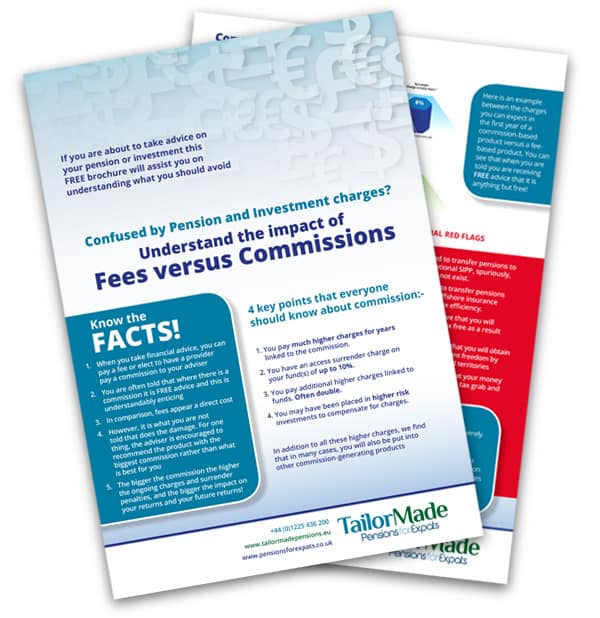Markets-Despite some progress in the battle to cool down core inflation, the U.S. Federal Reserve (Fed) remains sharply focused on the fight as a rocky 2023 begins.
While the U.S. housing market has been hard hit by higher interest rates and prices of goods have been easing, Fed policymakers are concerned by the strength of the labor market and wage inflation, which could complicate the central bank’s efforts.
In December, the Fed continued its battle against inflation by raising its benchmark interest rate to the highest level in 15 years – hiking the borrowing rate half a percentage point, taking it to a targeted range between 4.25% and 4.5%.
Along with that increase came an indication that officials are expected to keep rates higher throughout 2023, with no reductions until 2024.
The expected “terminal rate,” or point where officials expect to end the rate hikes, was put at 5.1%, according to the Federal Open Market Committee’s (FOMC’s) “dot plot” of individual members’ expectations.
Markets are expecting the Fed to raise rates again on February 1, 2023, probably by 0.25 percentage points to 4.5%-4.75% — but analysts predict it could also opt for a larger 0.5 percentage point hike.
U.S. stocks turned lower Tuesday morning (Jan. 3) as the first trading week of 2023 got underway.
The S&P 500 (^GSPC) dropped 0.5% after opening higher, while the Dow Jones Industrial Average (^DJI) declined 0.4%. The technology-heavy Nasdaq Composite (^IXIC) also fell 0.7%.
The moves early Tuesday came after broad-based declines on Friday in a fitting end to Wall Street’s worst year since the Global Financial Crisis in 2008.
Indicators point to easing inflation
On the upside, recent data has shown that U.S. inflation is declining. The Federal Reserve’s preferred inflation gauge, the Personal Consumption Expenditures price index (PCE), showed price increases continued to moderate in November, providing yet another welcome indication that the period of painfully high prices has peaked.
The PCE rose 5.5% in November from a year earlier – that’s lower than in October when prices rose 6.1% annually. Additionally, after topping a 9% annual rate in June, November’s Consumer Price Index (CPI) showed inflation cooled slightly at 7%.
However, that recent decline in the rate of inflation is insufficient in the Fed’s view. The Fed wants inflation to return to its 2% goal, and even though inflation is declining, it’s still high and there’s a risk inflation doesn’t fall all the way to 2%.
For example, the Fed is concerned that wage growth running at around 6%, will continue to keep inflation high in services, even if costs for housing and goods are expected to be more subdued in 2023.
Another risk is that an unexpected economic shock pushes inflation higher again in a similar manner to the Ukraine war or supply chain disruption.
A still too-tight labor market is helping to underpin the economy by generating solid wage gains, which are contributing to higher consumer spending.
The unemployment rate, at 3.7%, has barely risen from a 50-year low of 3.5% as firms continue to compete for a limited supply of workers.
What to expect in 2023?
The Federal Reserve played a major role in moving markets in 2022, driving a campaign of monetary tightening as it tried to combat inflation that hit multi-decade highs.
Many who had money in stocks and even bonds suffered, as liquidity was sucked out of the market with every rate hike employed by the Fed — seven of them in just the last year.
Although a rate hike in February does seem like a foregone conclusion based on the Fed’s recent statements, the latest unemployment numbers due out on January 6 as well as the CPI inflation report for December due out on January 12, will likely influence its trajectory for interest rates for later meetings in Q1 and Q2.
The February decision is the first of eight scheduled meetings for the Fed to set interest rates in 2023.
The FOMC holds eight regularly scheduled meetings per year. Over the course of two days, the 12-member group looks through economic data, assesses financial conditions, and evaluates monetary policy actions that are announced to the public following the conclusion of its meeting on the second day.
Fed’s tentative meetings scheduled for 2023:
- January 31-February 1
- March 21-22
- May 2-3
- June 13-14
- July 25-26
- September 19-20
- October 31-November 1
- December 12-13
###
The views expressed in this article are not to be construed as personal advice. You should contact a qualified and ideally regulated adviser in order to obtain up to date personal advice with regard to your own personal circumstances. If you do not then you are acting under your own authority and deemed “execution only”. The author does not accept any liability for people acting without personalised advice, who base a decision on views expressed in this generic article. Where this article is dated then it is based on legislation as of the date. Legislation changes but articles are rarely updated, although sometimes a new article is written; so, please check for later articles or changes in legislation on official government websites, as this article should not be relied on in isolation.
Related Stories:
- Bank of England: We Will Raise Interest Rates Again
- UK House Prices Predicted to Fall as Interest Rates Rise
- Bonds: Say Hello to an Old Friend
- QROPS – SIPP- What is the Final Salary Transfer Value?
- Rising Inflation, Wage Growth Signal Possible Triple Lock Rate Increase for U.K. Pensioners
Share this story


